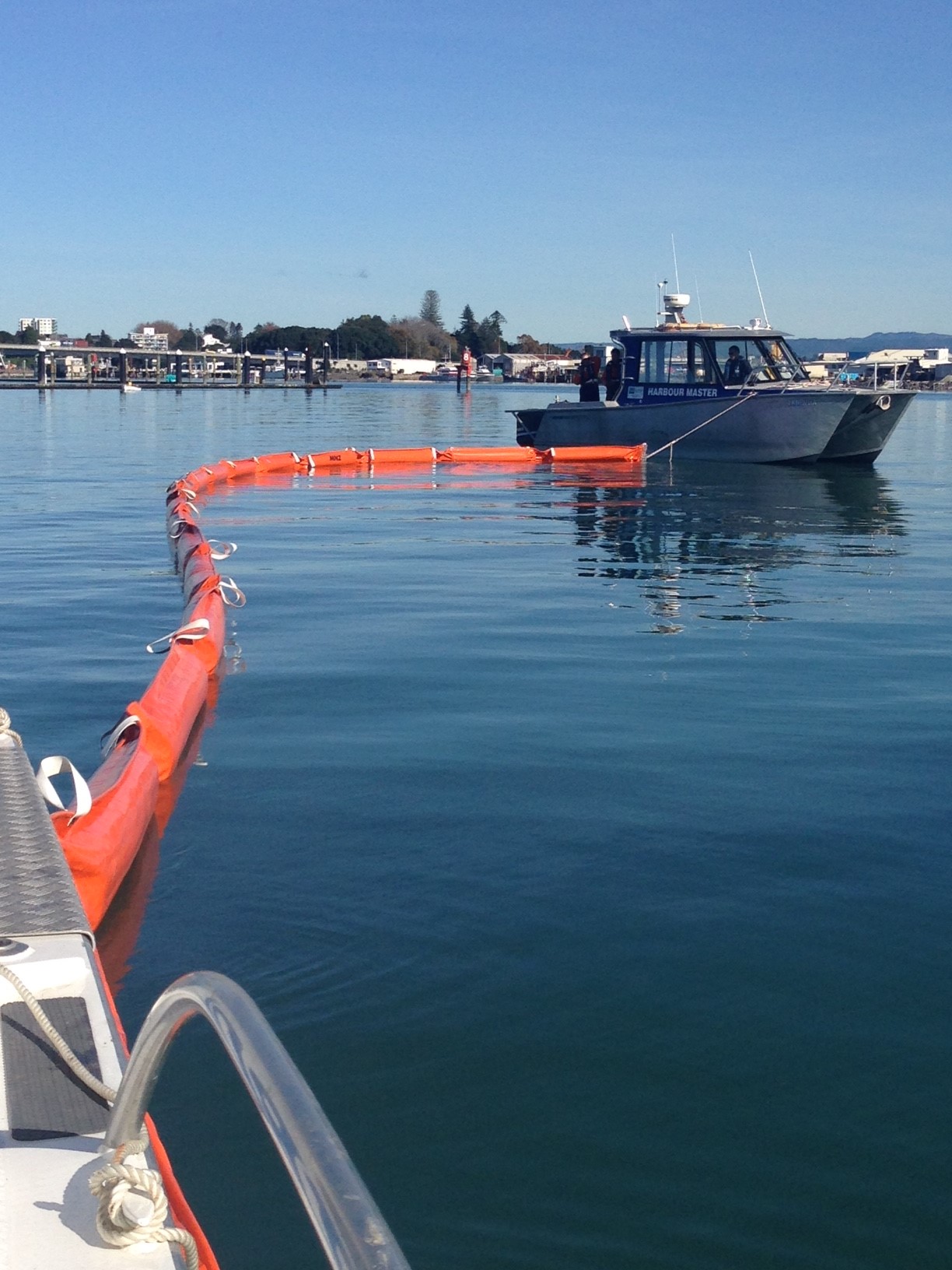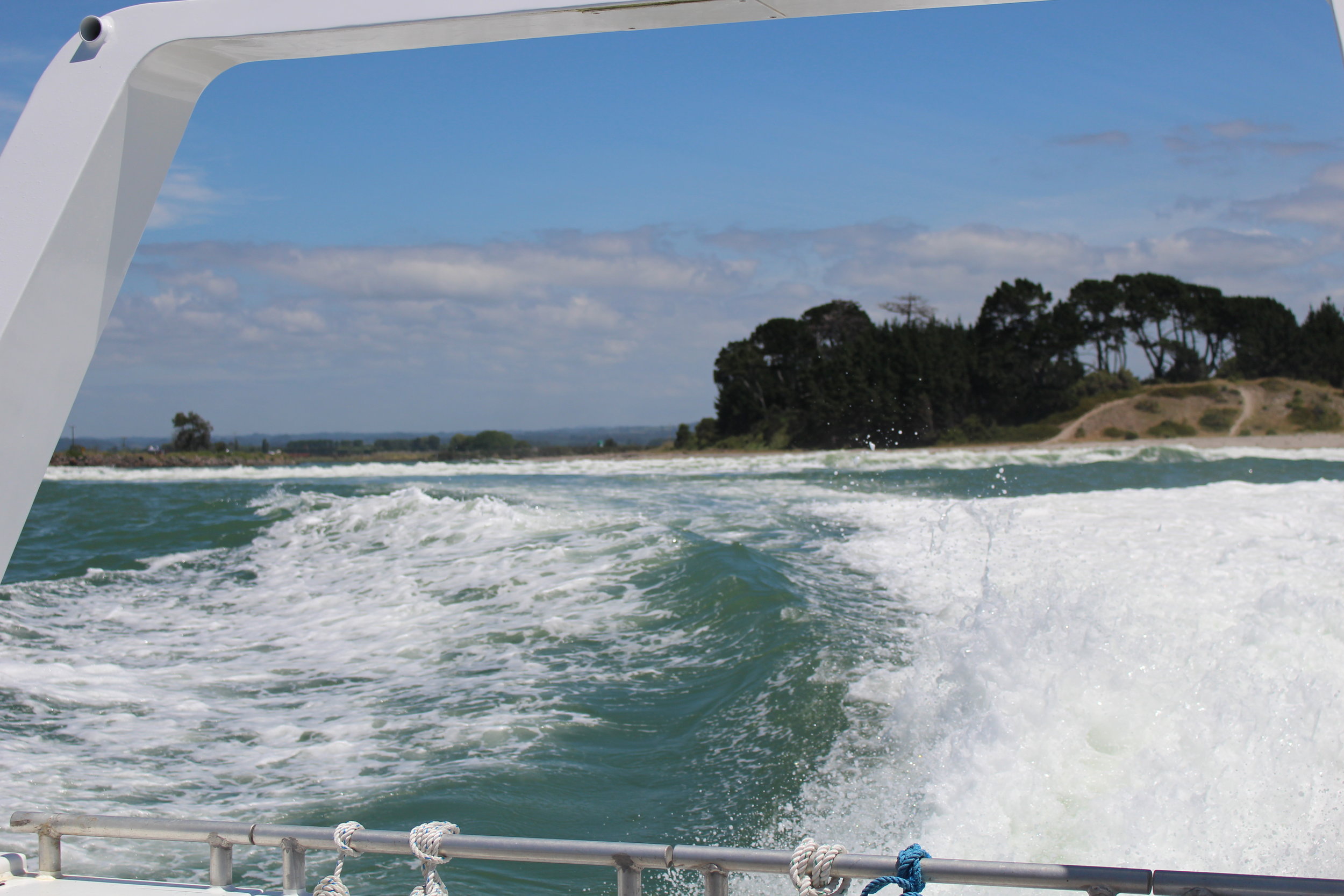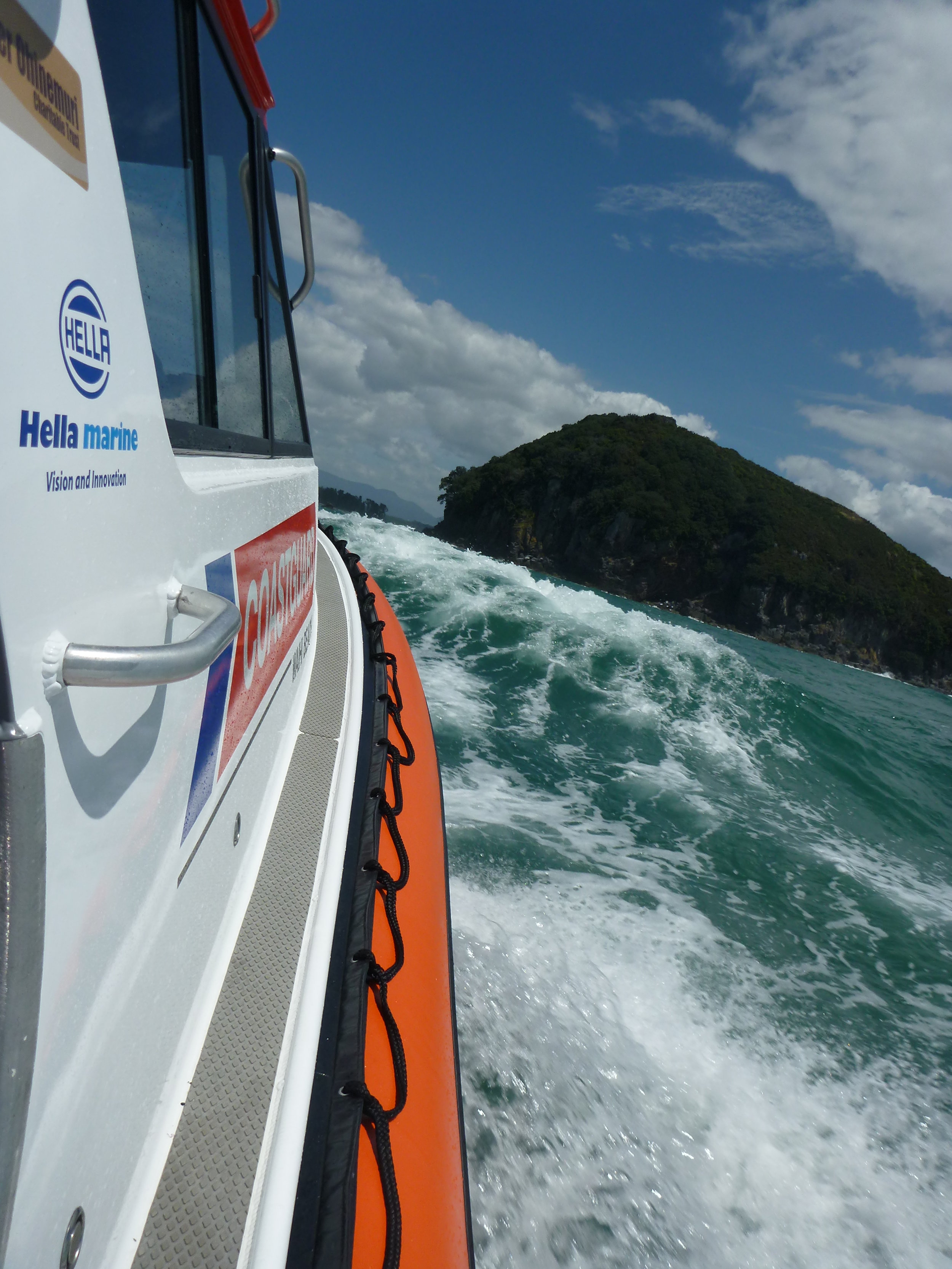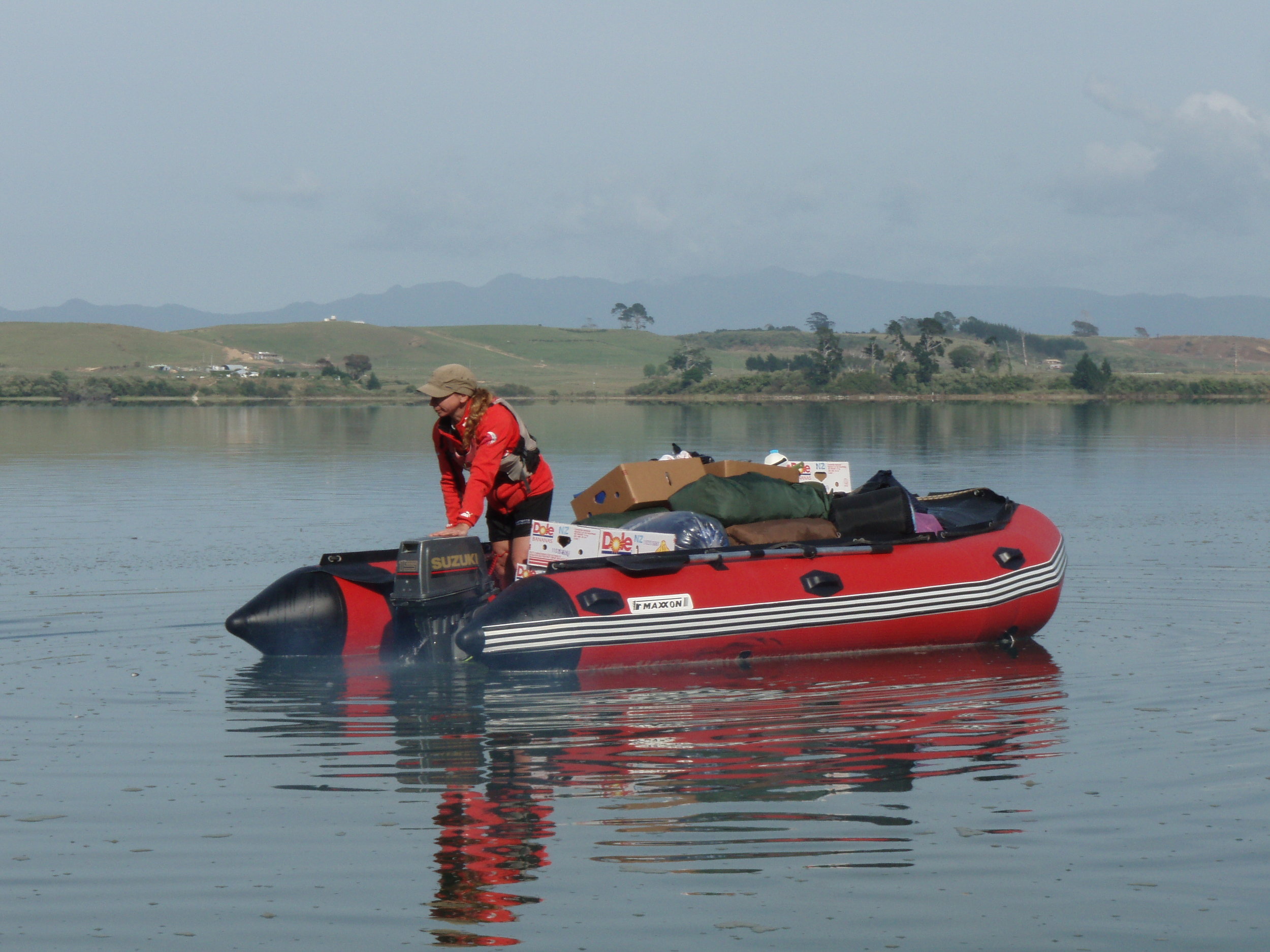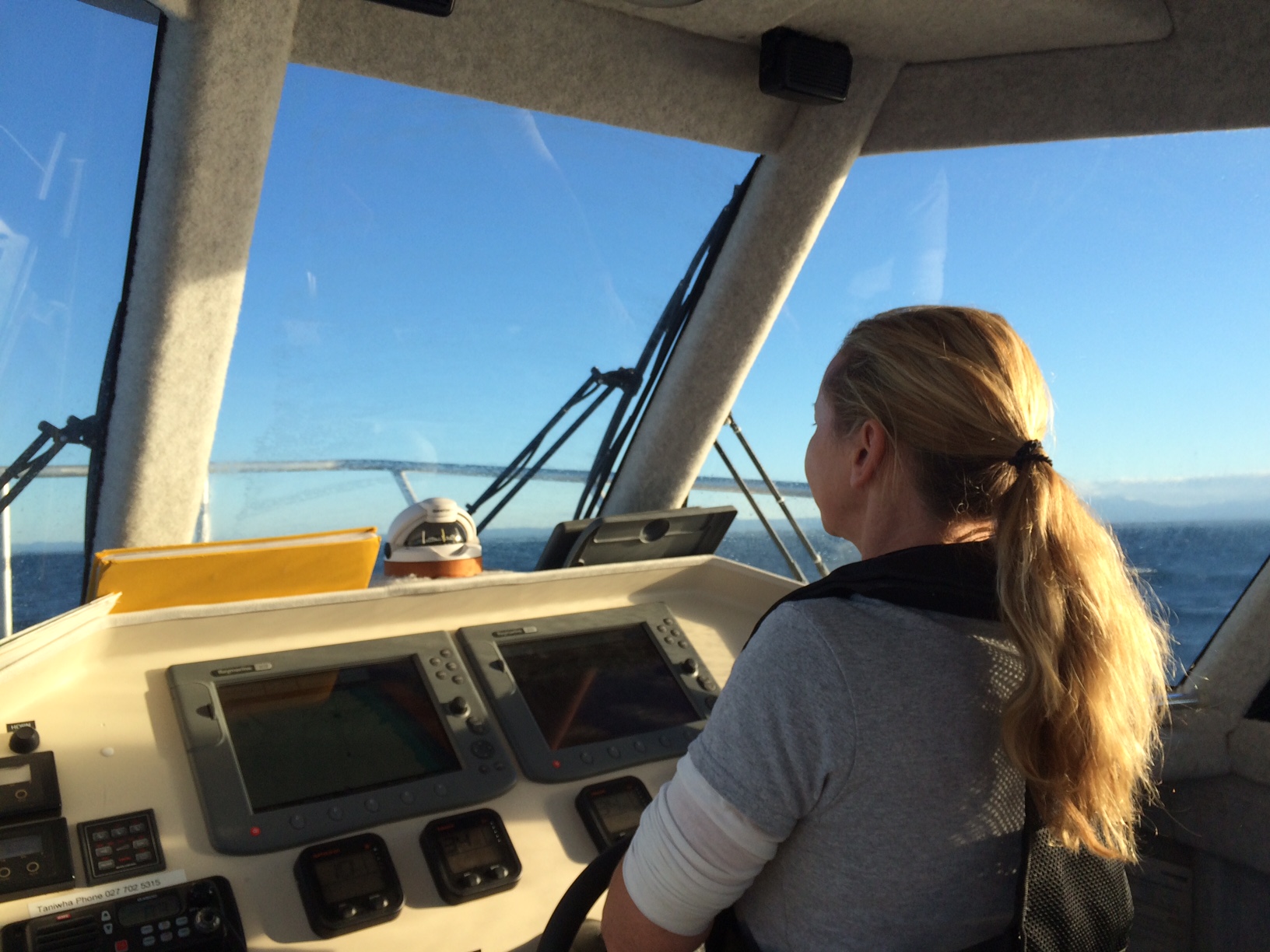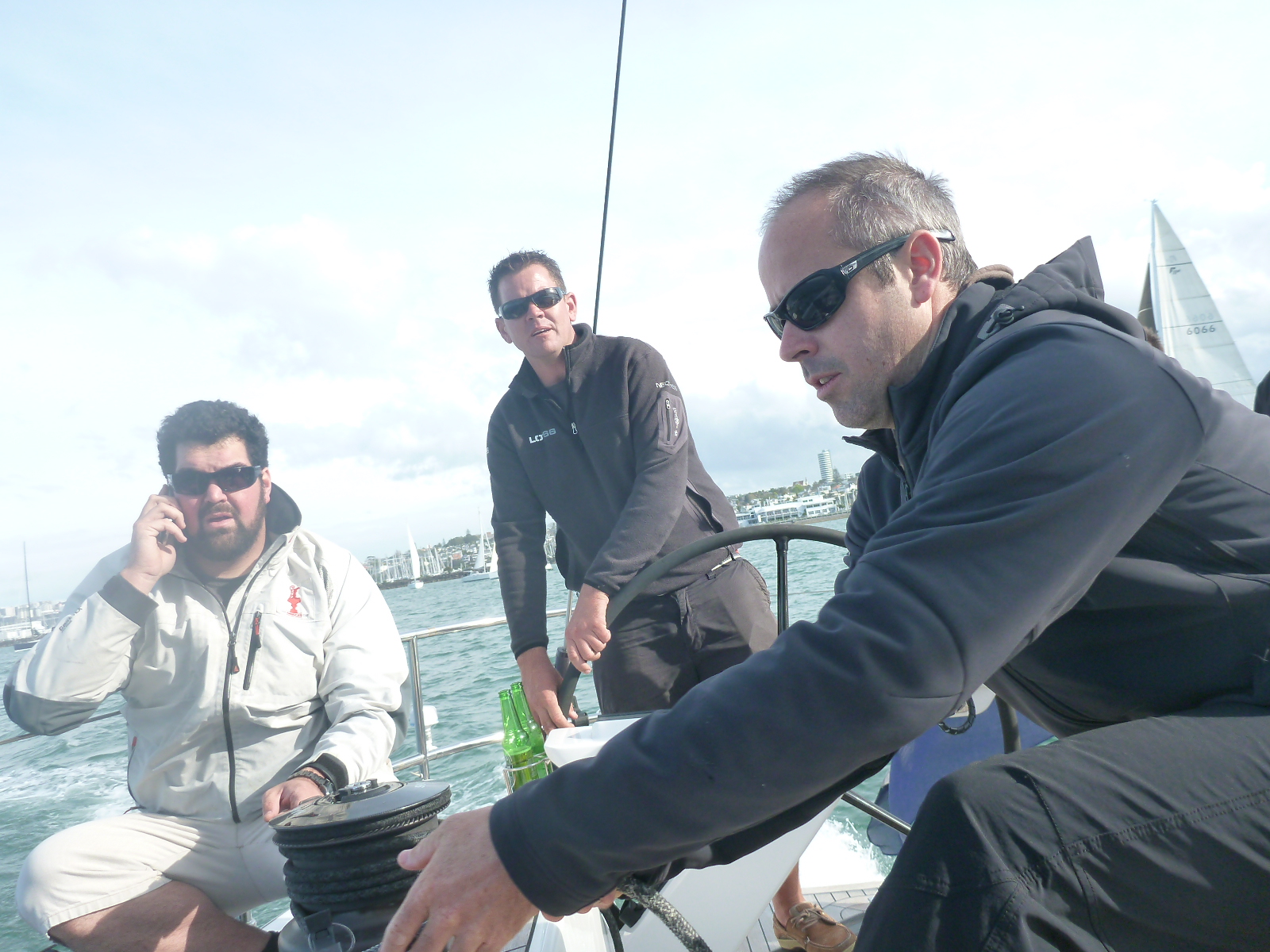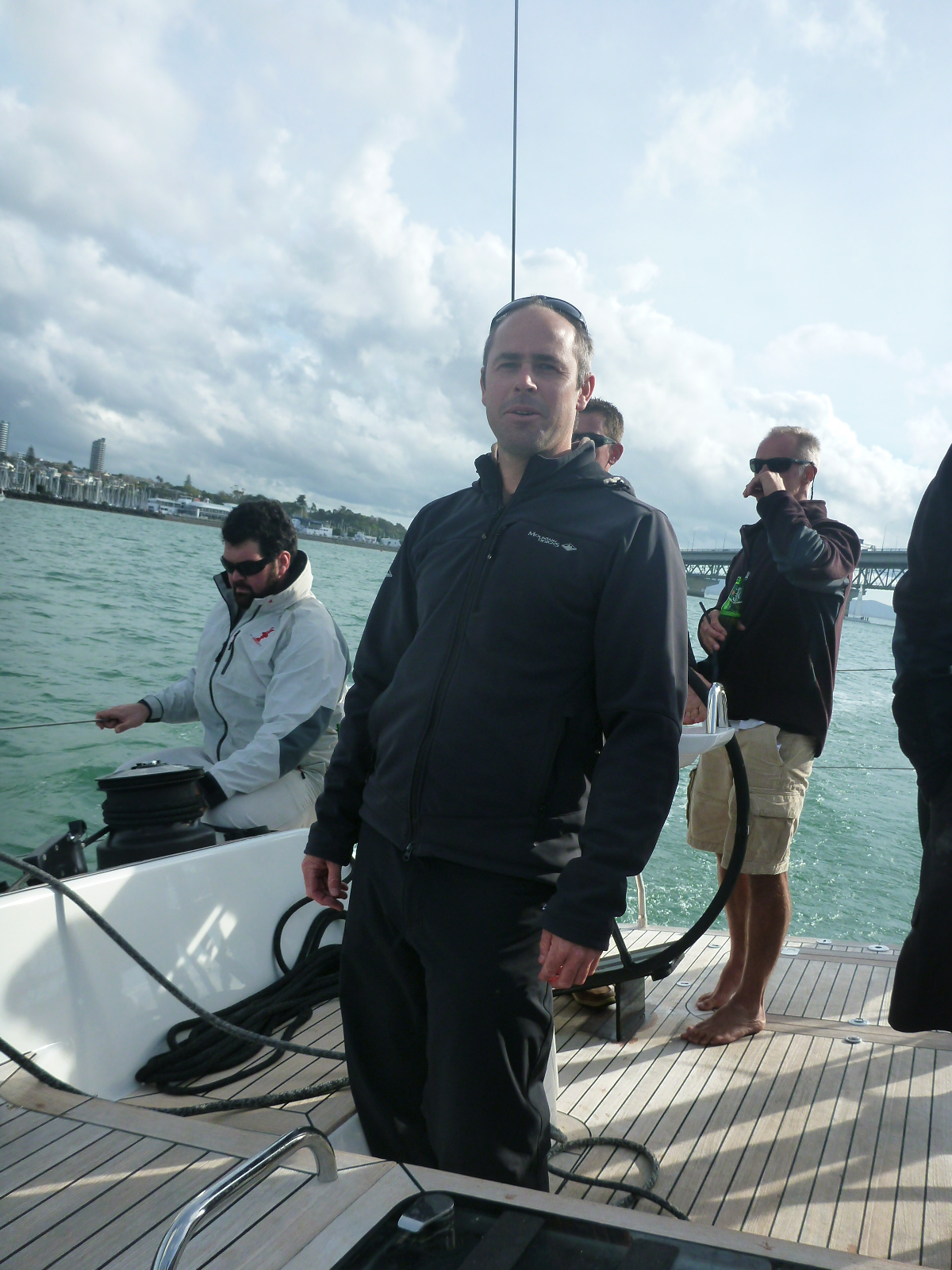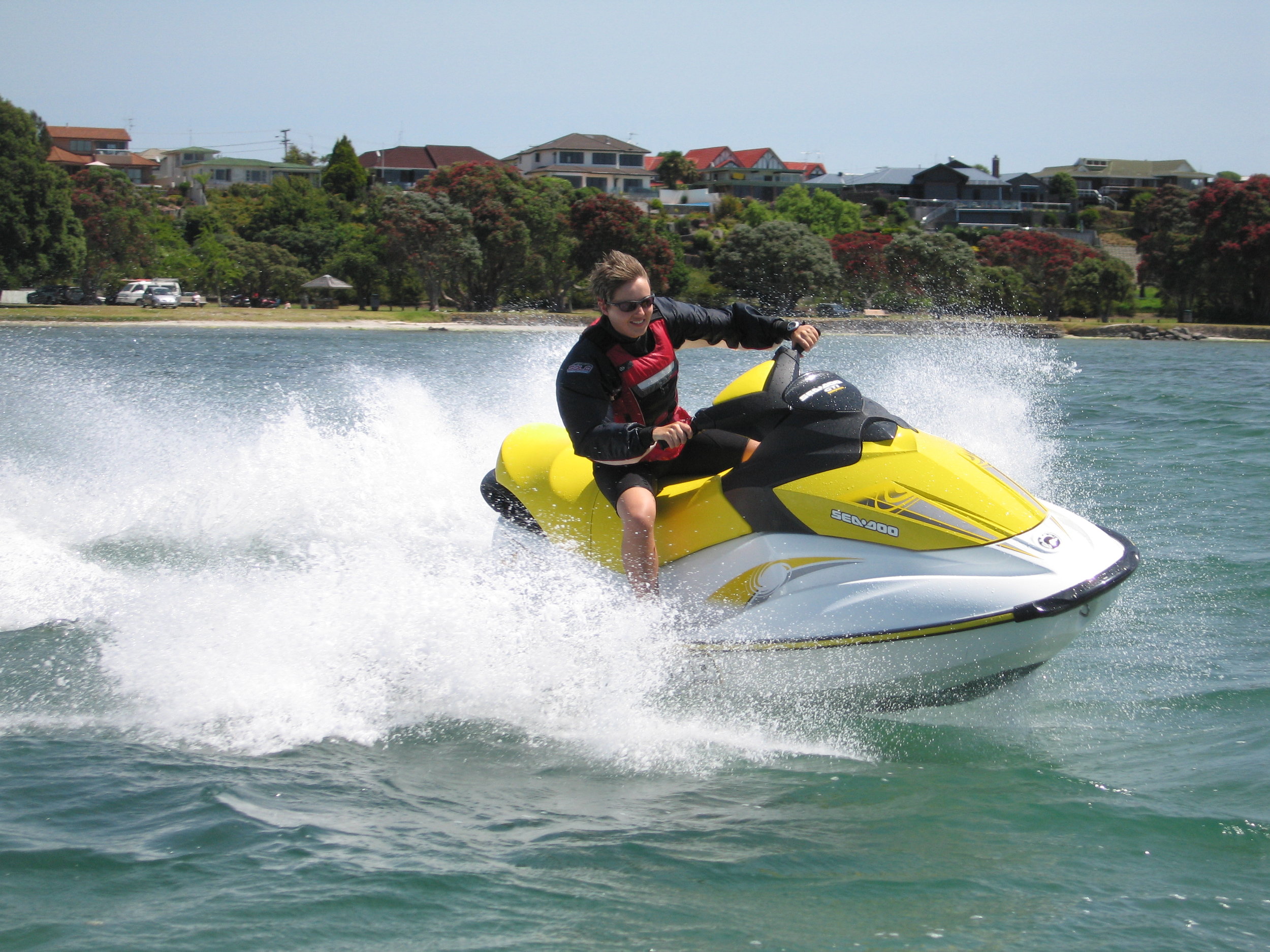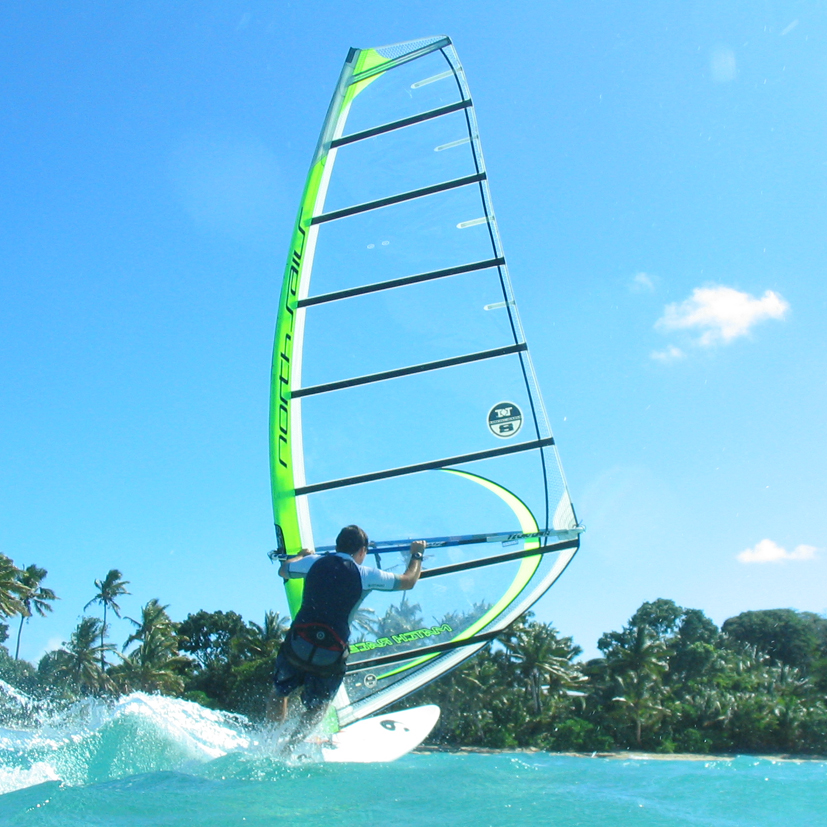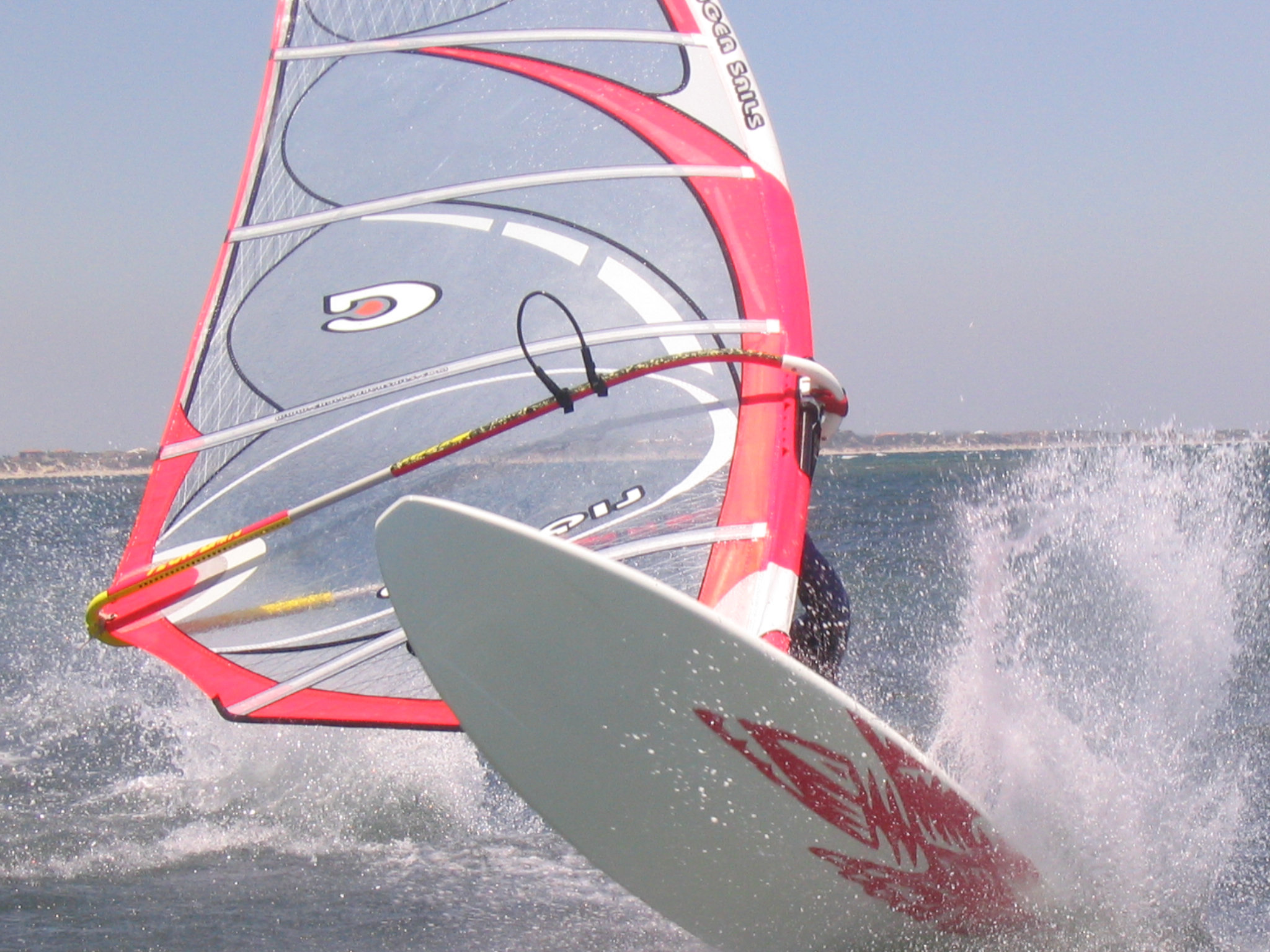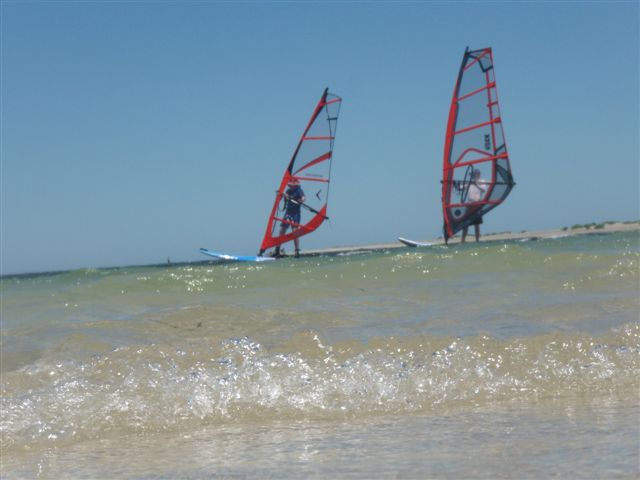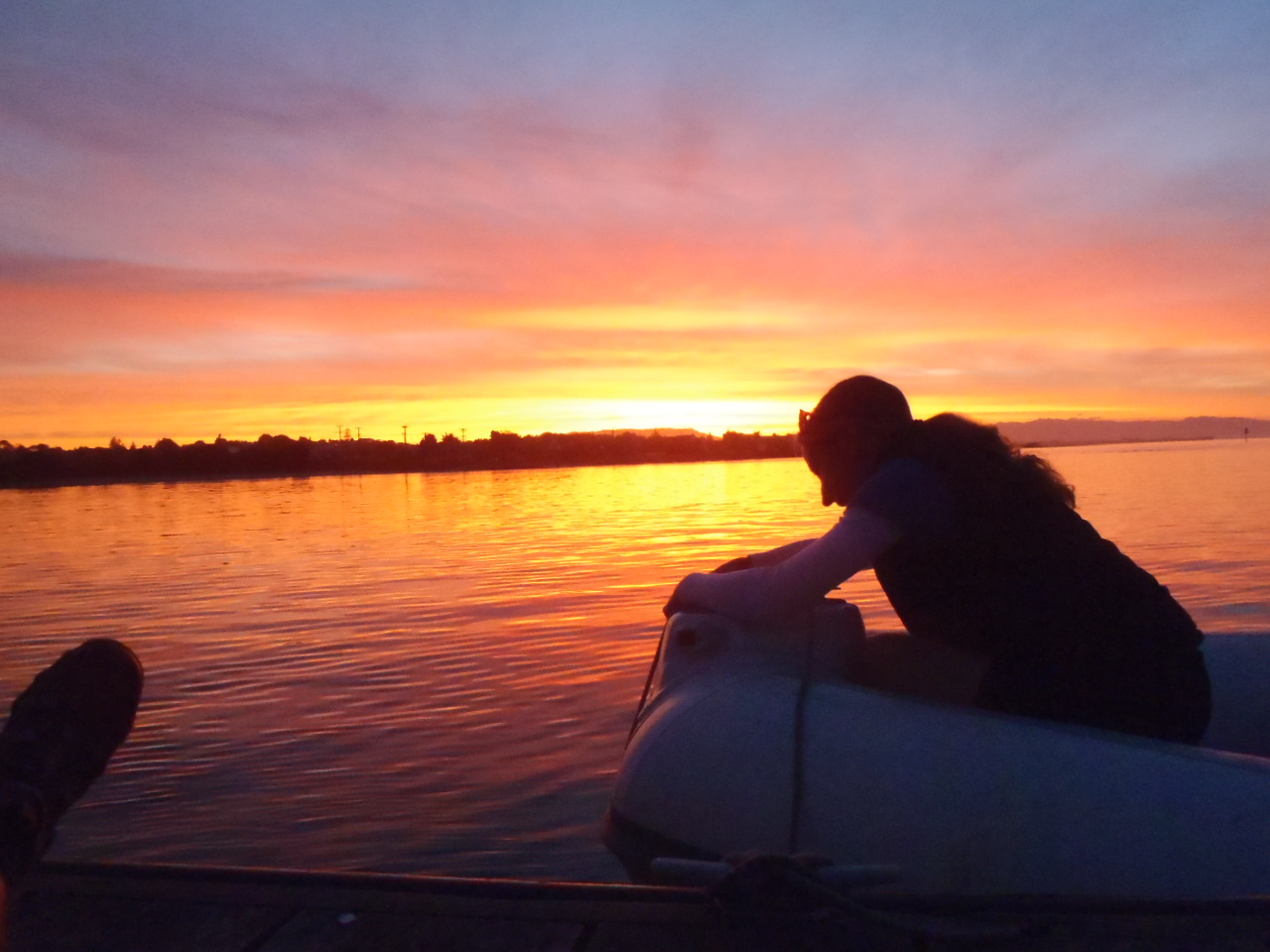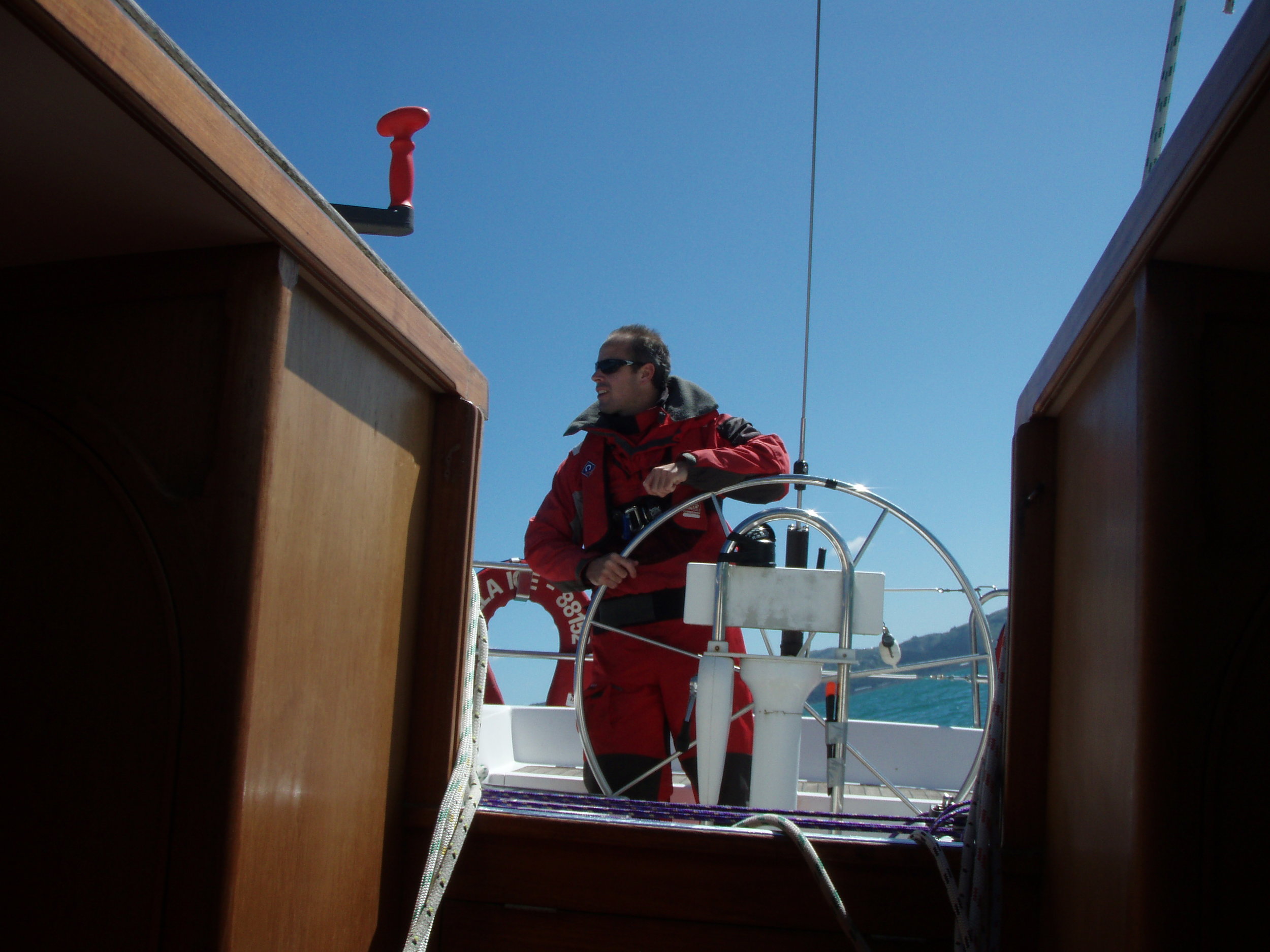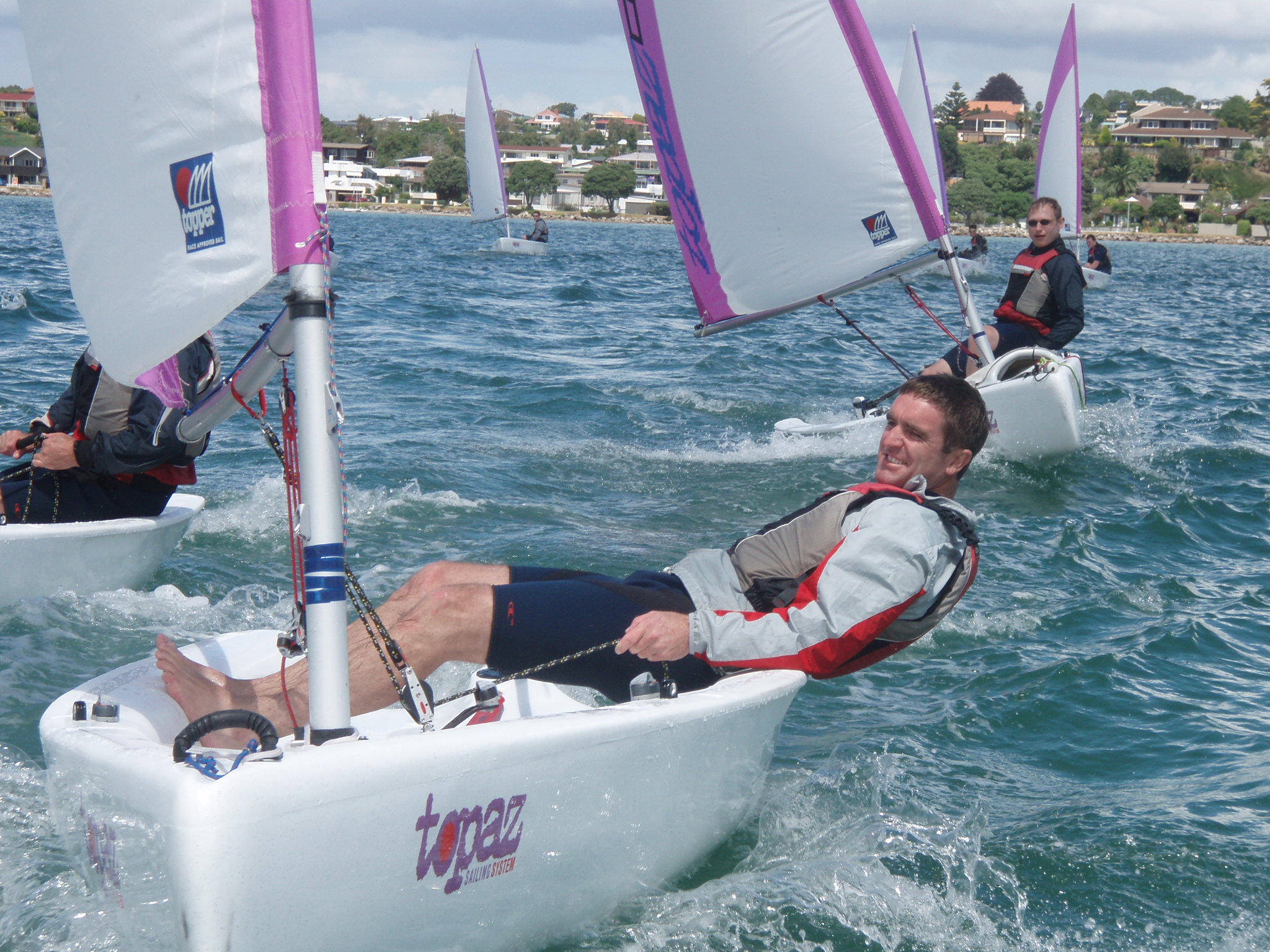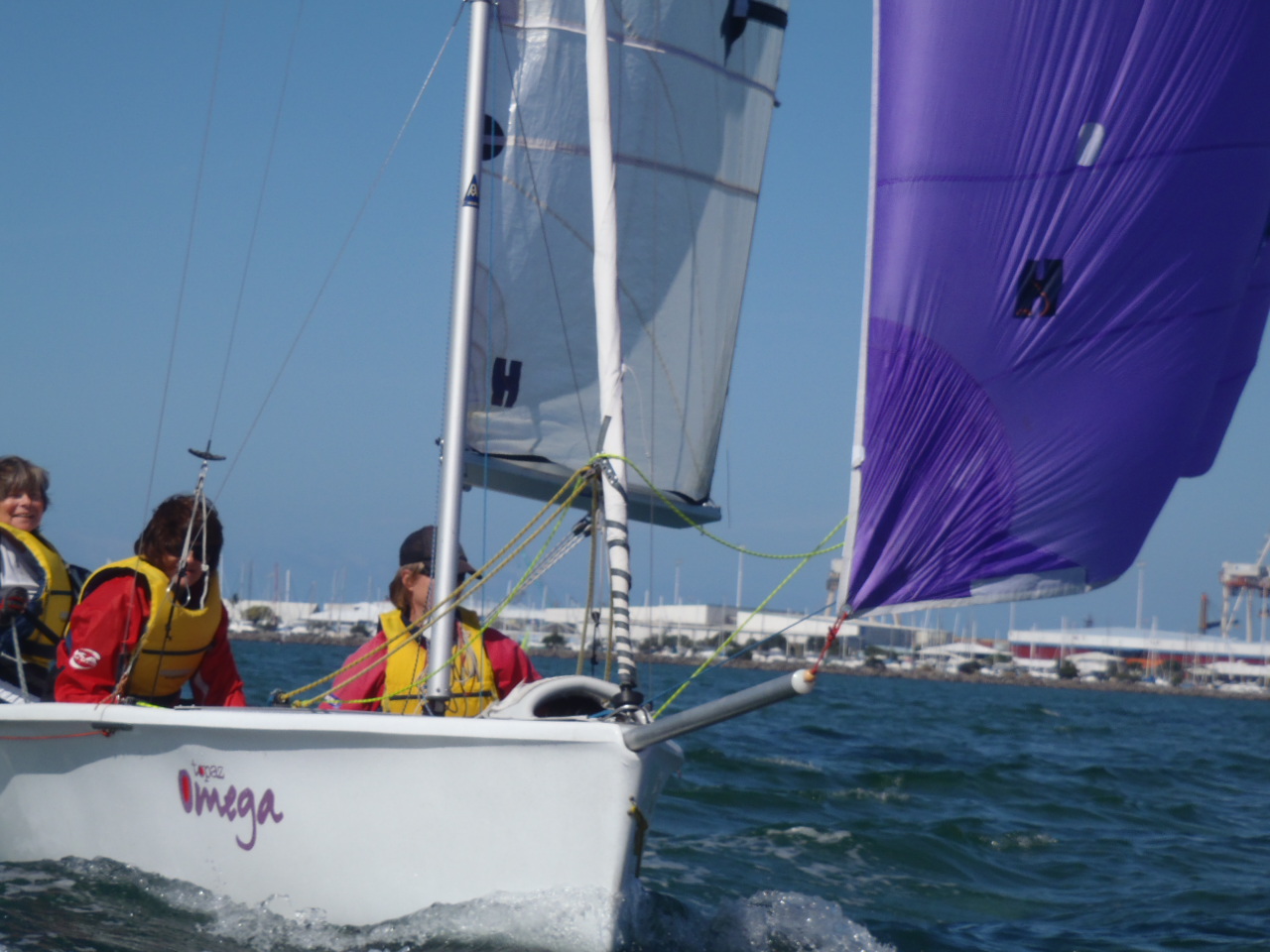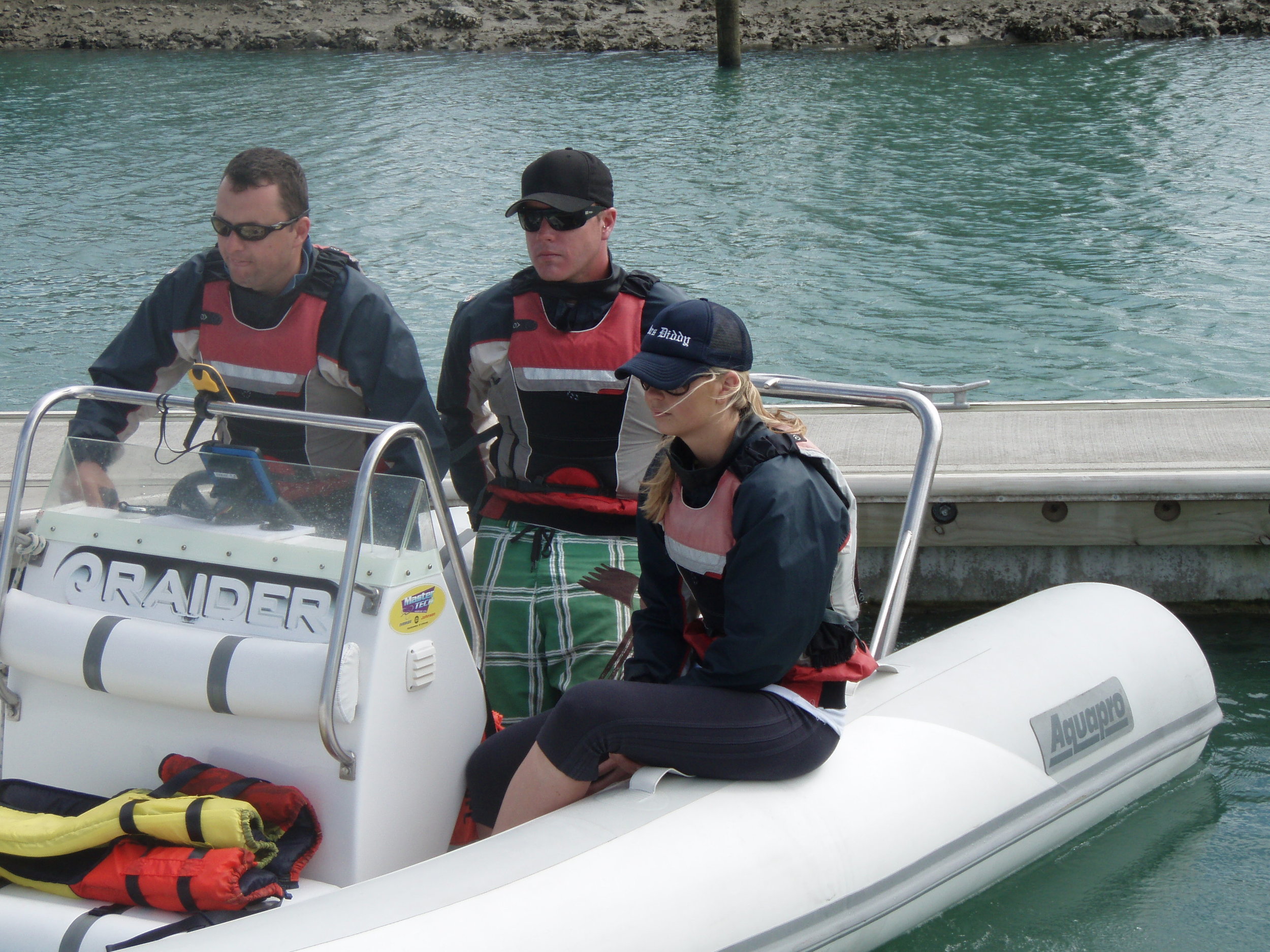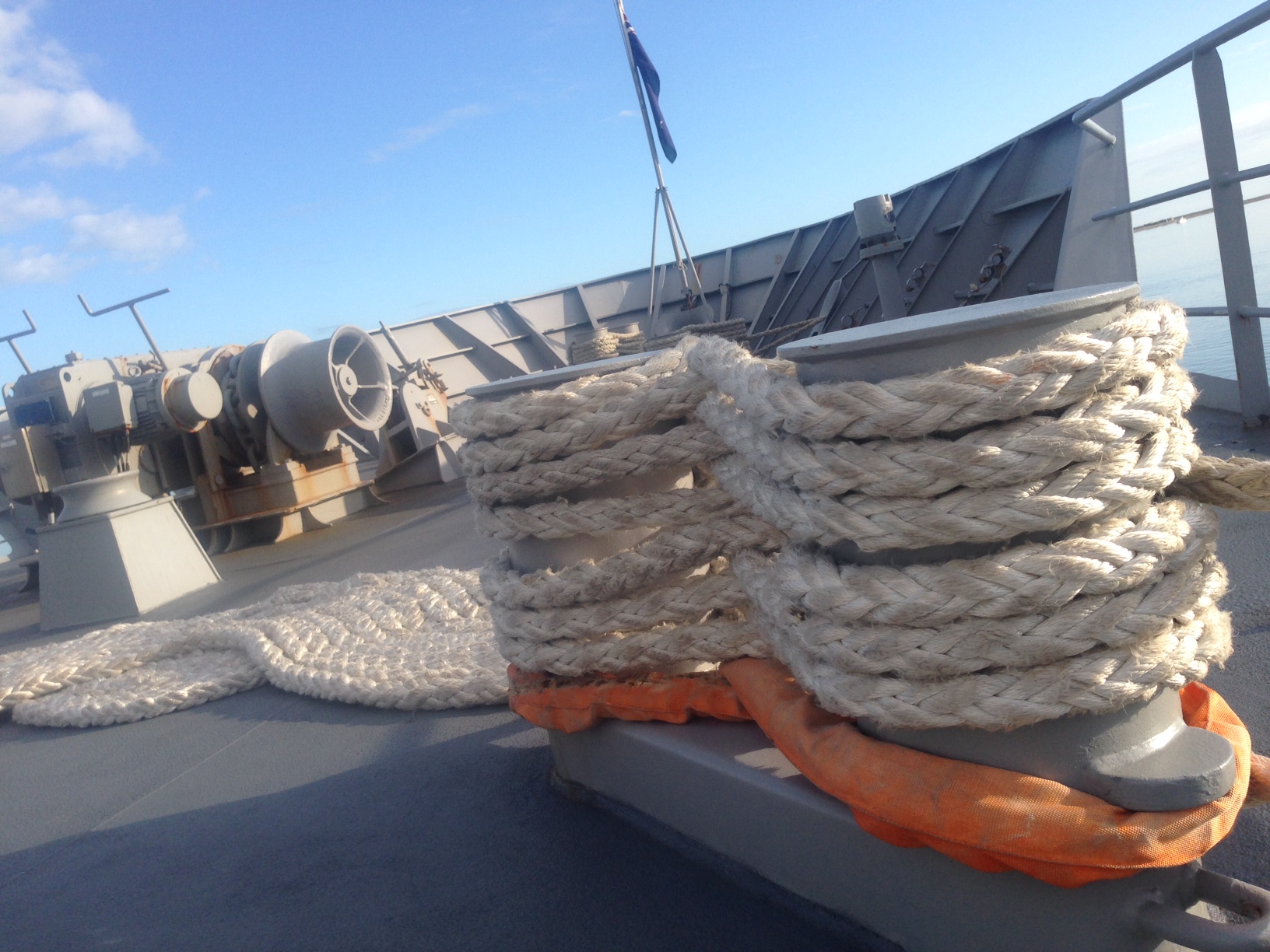Night cruising
/What was a simple journey arriving takes on a whole new tone when you are ready to go home. The sun has gone down and the landscape looks very different. What to do. With such beautiful evenings recently my husband and I have taken to leaving our son with the babysitter more regularly and setting off up our local river for a cruise – usually with a meal at a waterside hostelry in mind. Of course the going and the coming back; when the light is dim or has gone, are always different journeys which is ultimately part of the charm but they each demand different preparation and skills. Pre-planning Pilotage Plan [http://www.rya.org.uk/SiteCollectionImages/cruising/n2.jpg] · Before you set out for the evening make a quick pilot plan of the key features that are likely to visible on your way back in the dark. It’s worth doing this even if you are familiar with the journey. · Make a note of features and lights that will be visible at night. As well as areas of danger such as unlit marks, shallow areas and moorings. Try not use buildings or lights ashore unless you are 100% certain that they will be visible and identifiable at night. · If you are travelling along a quiet river then you are probably not going to have a lot of lights that you utilize for transits but using clearing lines, waypoints and routes at night are valid techniques for avoiding shallow areas. Plus don’t forget to use your depth sounder. [http://www.rya.org.uk/SiteCollectionImages/cruising/transit.jpg] Clearing lines: Like during daylight use these to identify areas of danger or safe water.
[http://www.rya.org.uk/SiteCollectionImages/cruising/clearing.jpg] Transits: Line up two lights to use as a heading to follow or to identify turn points. These are known as ‘leading lights’.
Boat preparation Have torches ready. I always take a large powerful torch to light up buoys and withies and moored boats. Although the buoys and withies may not be lit they are often marked with retro reflective tape. I have a smaller torch for reading my passage plan. You can cover the torch with a piece of material to dim the glare or just colour the lens in with a red felt tip. It takes about 15-30 minutes for your night vision to kick in properly. So dim the instrument and equipment lights to preserve your night vision, and use red lights where possible. On the move · Wear lifejackets and ensure they have lights fitted. · Ensure you all have warm clothing – it can be colder at night. Maintain a good lookout – look out for mooring buoys, lobster pots etc. [*] If you are buoy hopping then never drive directly at the buoy, choose a point offset well to one side – staying away from hard objects always make sense! [*] Ensure that you always know where you are! For more information on boating at night and further pilotage techniques useful to you if you are in open water then see the RYA Powerboat Handboat: The RYA’s Complete Guide to Powerboating. The Editor Contact Ushttp://www.rya.org.uk/contactus/Pages/default.aspx Article Published: February 01, 2011 15:34





